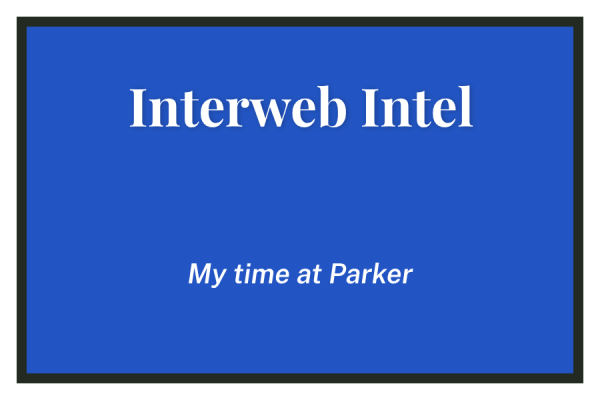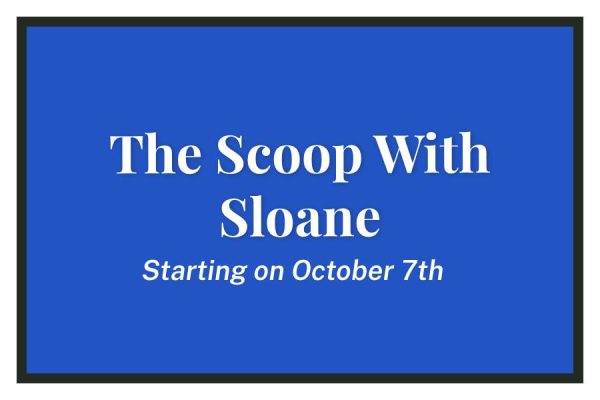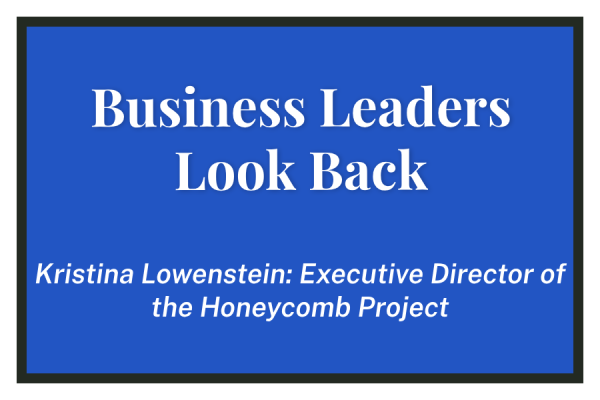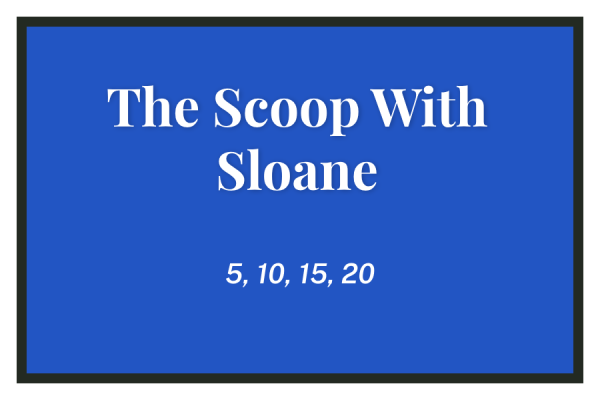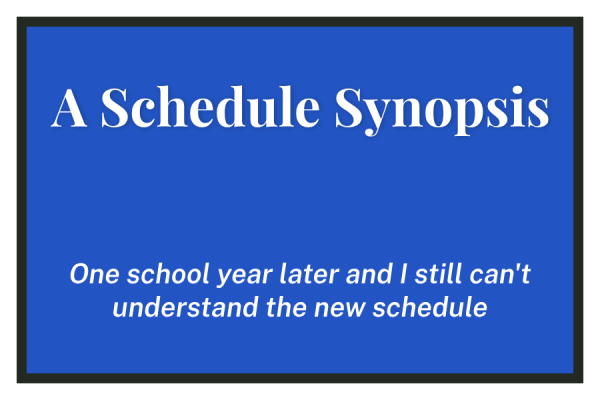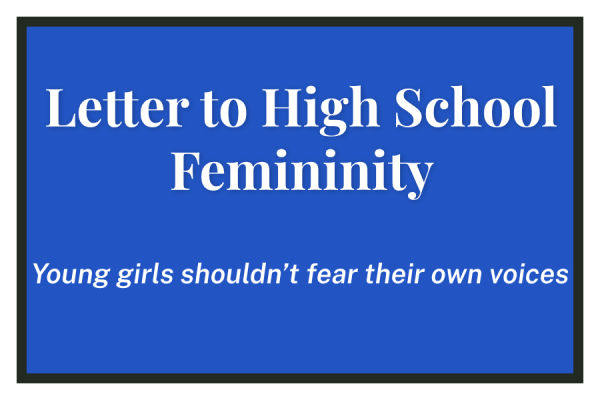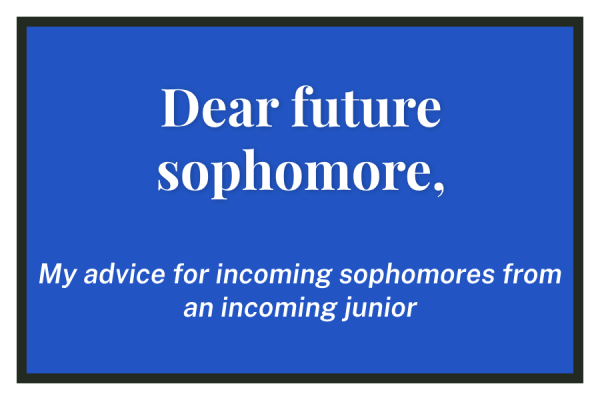Taylor’s Truths 5
Looking to the Subject of Violence
I often struggle to understand the way in which social oppression is perpetuated when, on the surface, many people in this world are not thirsty for blood and revenge, not malicious, not without an ounce of empathy. Many give to charity, cringe with guilt and sorrow at the sight of homeless people, work in soup kitchens, and cry at sad movies. We are not a heartless people, yet lives are destroyed daily by systematic oppression that we perpetuate.
I have come to the conclusion that my inability to reason with the dissonance between the perpetuation of social oppression and the generous number of empathetic people in this world stems from ignorance on the subject of violence. What I have found is that though we are not actively hitting one another, or being unkind, just because we are empathetic people doesn’t mean that we aren’t exacting violence on one another, both inside and outside of school.
There are two main types of violence: concrete (hard) violence and symbolic (soft) violence. What is important to understand is that from a sociological perspective, violence is seen not as an act of human aggression but instead as an act of social control. So even though we may not want to hurt another person, often times our desire to have control over them eclipses our kindness — and perpetuates violence.
Thus, we use concrete violence when we want to exact physical control over another. Concrete violence is overt, physical. It is young kids agreeing to meet behind the school at five and battle it out. It is murder, it is rape, assault, and the things that go bump in the night. Most of those who are reading this column do not fall under the category of people who perpetuate concrete violence.
It is the symbolic violence — the “soft” kind — that gets tricky. For we all perpetuate it some way or another. In the same way that concrete violence is about physical control, symbolic or soft violence is about emotional control — it ranges from doing emotional harm to another, being mean, to sustaining systematic oppression within our communities.
The concept was honed by a sociologist named Pierre Bourdieu. Claudio Colaguori, another sociologist studying the subject, describes symbolic violence as “hidden structures that reproduce and maintain social domination in covert ways” and the “subdued expression of power that is normally and regularly oppressing in a mode of violence.”
It is by way of this covert symbolic violence that we all fall into the trap of doing harm to others. We may never want to hit another, if not out of self defense, but we can exact worse blows to another’s ego or feelings if we so desire. We can attack someone from the inside almost as easily as from without.
Think local: an instance of symbolic violence was the outcome of the November 6 Morning Ex, which left a great deal of the student body in a wounded state. No one said anything purposefully ignorant during the MX, and the intentions were benevolent, but the energy put out on that stage was received by people as traumatic energy — a form of soft violence.
Think global: Rebeca Solnit wrote a phenomenal essay on “Climate Change as Violence” in which she argues that the symbolic violence exacted in the international community by anthropogenic climate change is real and dangerous.
Think personal: we inflict violence on one another emotionally by simply being unkind to one another. Violence is waged upon students when we are taught curriculum which does not give voice to all possible participants in history or all possible perspectives on a subject — when we are kept in the dark. We exact violence one another when we stay on the “moving walkway” of sexism or racism and participate in the associated violent social systems.
However, I believe that we are all good people here, we all have at least one empathetic bone in our bodies, and as long as we have a problem with concrete violence, it only makes sense for us to be aware and against acts of symbolic violence.
Thus, we must shed our ignorance on the subject of symbolic violence integrated in and stemming from our social systems and social interactions and present in our homes and our school. I don’t think that we have yet. We are all too readily content to believe that we are peaceful people because we don’t hit one another and are not huge proponents of maliciousness and physical violence.
But violence is more than just that. It is a living breathing beast — an and iceberg of which we only see the tip, for that is all we want to see — and in order to truly diminish violence in our community we must recognize the full spectrum of violence in our communities. Only then can we begin our journey towards peaceful resolutions and let our humanity win out.
Taylor Thompson is a Parker Senior and this is her first year on staff for the Parker Weekly. Though this is her first time writing for a newspaper, she is the author of the book Leadership: It's Child's Play and considers writing one of her biggest passions. Outside of school she enjoys reading, singing and traveling.


